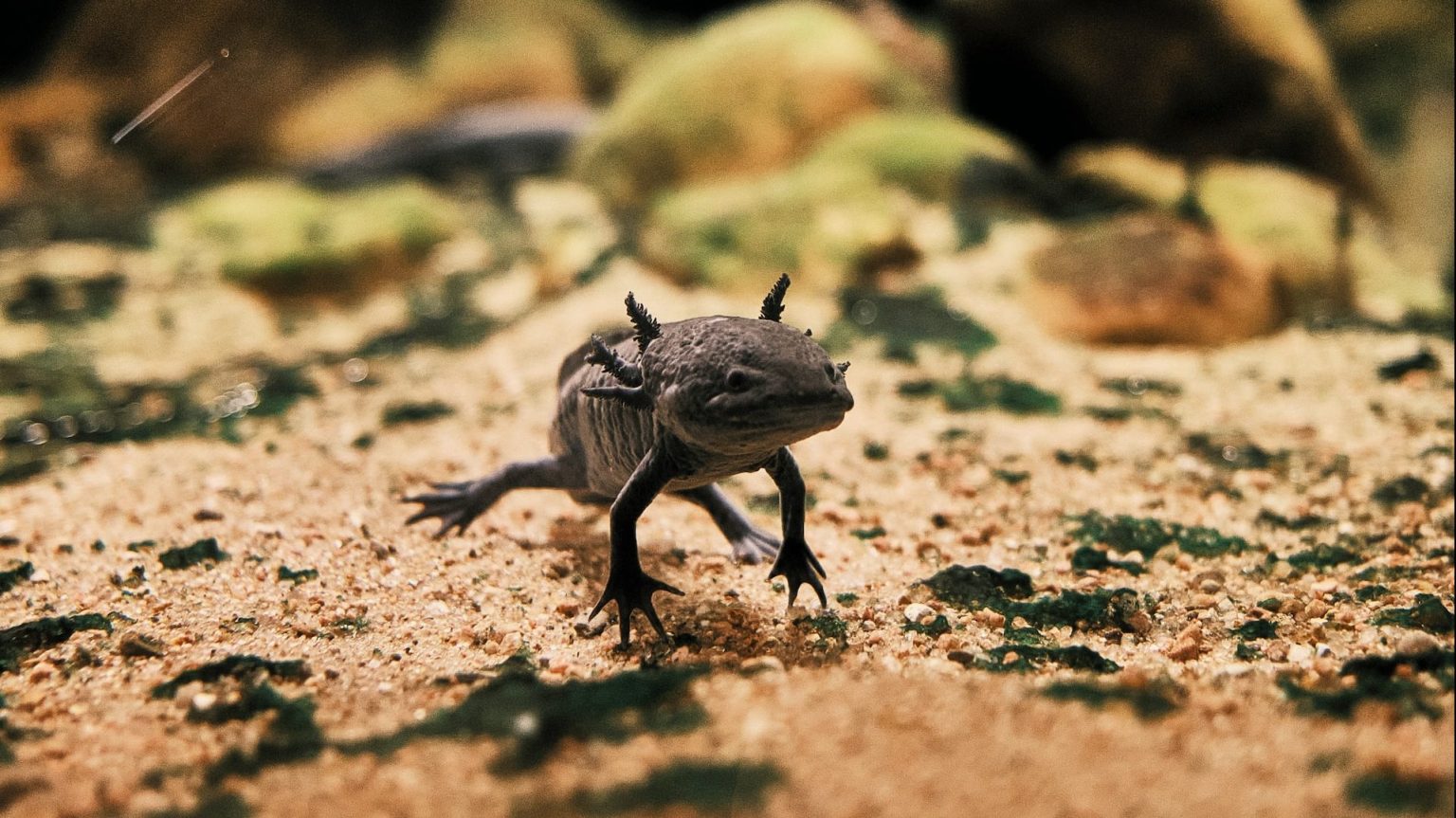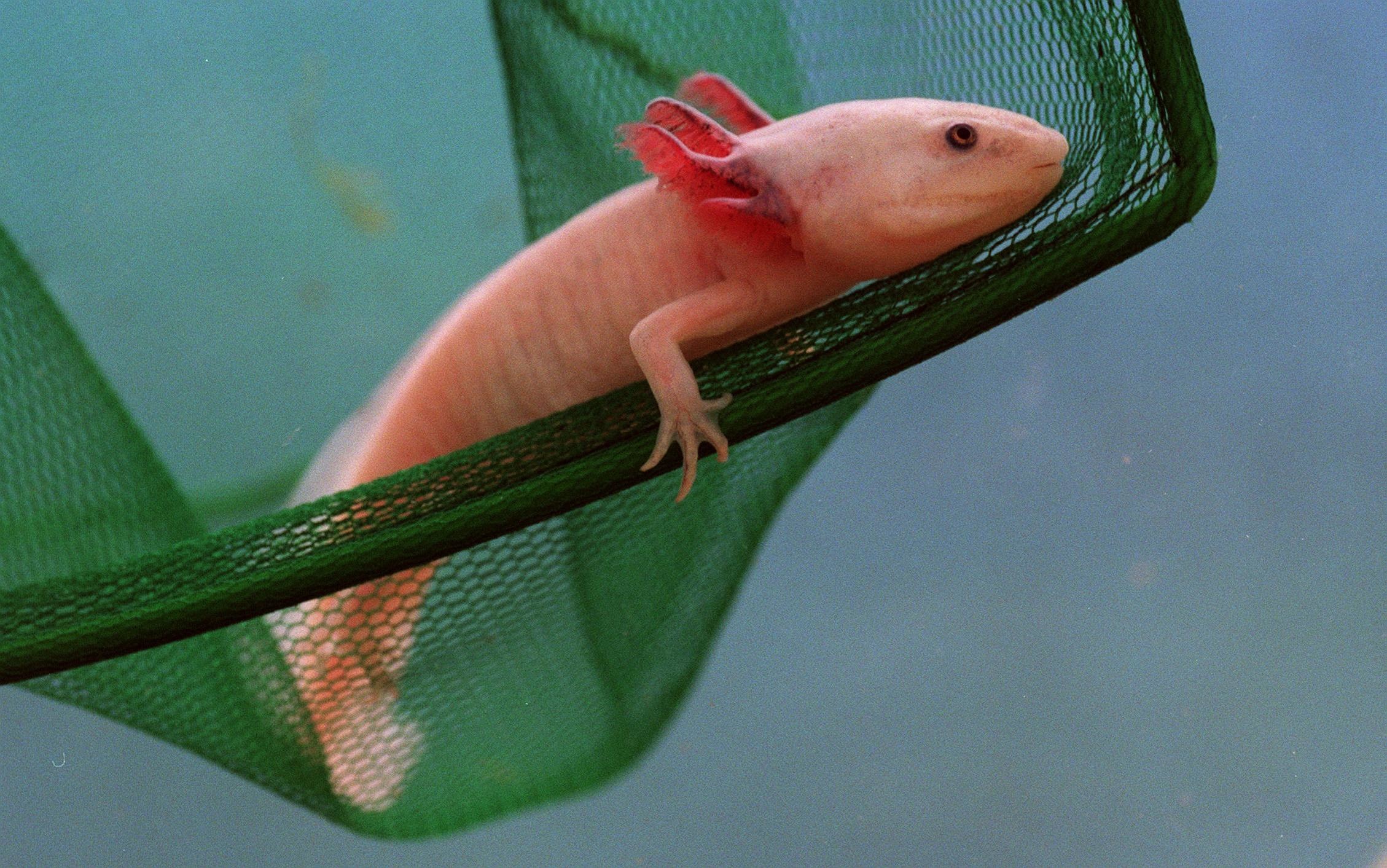Scientists unlock the axolotl genome, the largest to ever be sequenced

The concept of regrowing limbs has always puzzled, yet fascinated scientists. When the axolotl (Ambystoma mexicanum or Mexican Axolotl), an endangered salamander that was discovered in Mexico’s Lake Xochimilco and Lake Chalco began to be studied, scientists were fascinated by its ability to regenerate limbs, nerves, retinal tissue, and even a broken spine.
Way back in the evolutionary chain, we shared a common ancestor with this creature. However, humans took a different track, and if we lose a limb, scar tissue is what remains. The axolotl has the ability to regenerate a lost limb within weeks, rather than it simply sealing off as a scar. (Perhaps related: Axolotls can often be cannibals. I’ll leave the next mental image in that thought process to you…)
Now, scientists have unlocked the genome for it, the largest ever to be sequenced.
What does that mean, exactly?
Scientists can study the newly unlocked genome and get some clues as to how this beautiful salamander does that whole regeneration thing. They’ve already identified the cells that initiate regeneration and isolated the molecular pathways that control how it’s done. Unlocking the genome means they can begin to understand gene regulation and evolution, which is pretty much the final piece of the puzzle.
That means future wounded soldiers, accident victims, cancer patients, and others who lose a limb might just be able to regenerate a new one. Presto!
Sergej Nowoshilow, co-first author of the study, says, “We now have the map in our hands to investigate how complicated structures such as legs can be re-grown. This is a turning point for the community of scientists working with axolotl, a real milestone in a research adventure that started more than 150 years ago.”
The researchers have made the sequence of the axolotl genome publicly available for all scientists and curious minds worldwide.
Of course, some of the science behind 3-D printing robotic limbs is still progressing as well, so it might even be the case that people will have choices of which way to go.
And that should make a lot of folks very happy.






